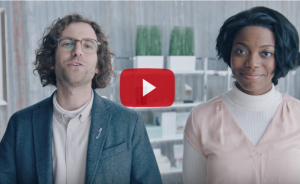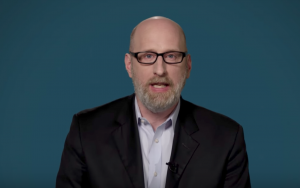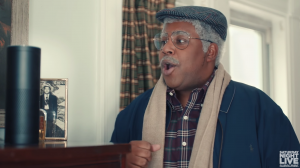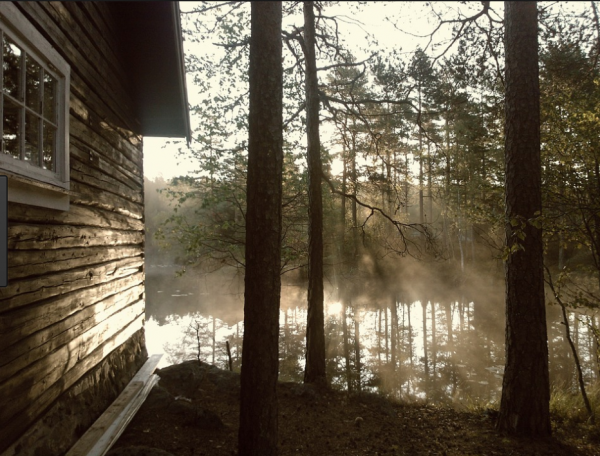This is what happens when I say “cheese!”
A photo posted by Nancy French (@nancyjanefrench) on
4. Are they Dangerous?
Like any form of social media, parents fear our children are compromising their futures by posting morally compromising images of themselves. They fear the internet’s way of bringing what is done in the darkness to light, but it might not be an entirely bad thing.
Once you can get past the glossy, well-selected profile photos, our kid’s social media pages reveal what matters most to them. If we’re “friends” with them (or are allowed to follow them), we’re able to notice the tone they use to talk to others, can see first hand whether they are flirtatious or shy, and know what they really think about our family vacations. Through these and other channels, we begin to see their hearts – their real hearts — one post at a time.
Good parents know – even study — their kids… not as pesky spies attempting to thwart their next step, but as people who genuinely cherish them and want to know them better. We must see them for what they are, not what we want them to be. In the past, parents might hear a tidbit from a neighbor (“your son had a lot of visitors while you were gone Saturday night…”) or some scoop from their friends parents (“Timmy told me Johnny seems to really be getting in a lot of trouble in basketball practice…”) about the true nature of our kids. But in the internet age, we have a unique ability to actually see — with our own eyes — the way they choose to represent themselves to their friends, and the world.
It takes guts to deal with their hearts — instead of their future reputations — and to look at them honestly as flawed human beings who need loving training and guidance as they try to figure out life.
That’s why — if used wisely by savvy parents who aren’t afraid to look at their kids in all of their moral complexity — the internet, which sometimes brings devastation to children — might be one of the strongest weapons in our arsenal when it comes to studying the most precious of subjects.
Our kids.
NOTE: This last part was adapted from Jill Joiner’s great piece, “The Death of Secrecy”
Click continue to see a video of real kids talking about the difference between Instas and Finstas:










